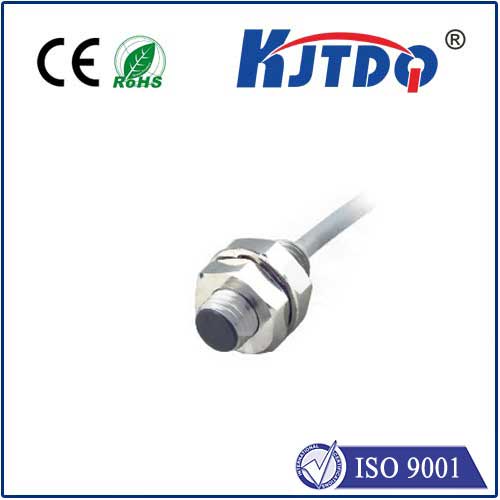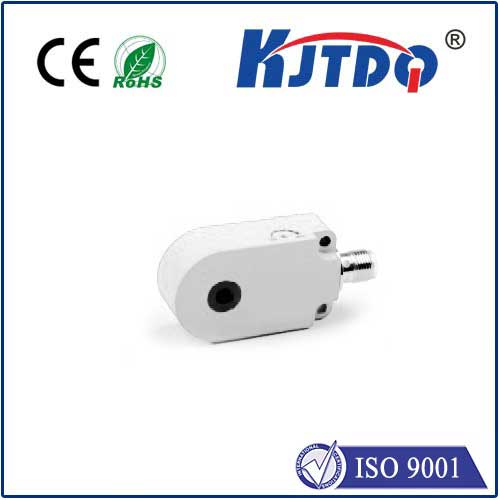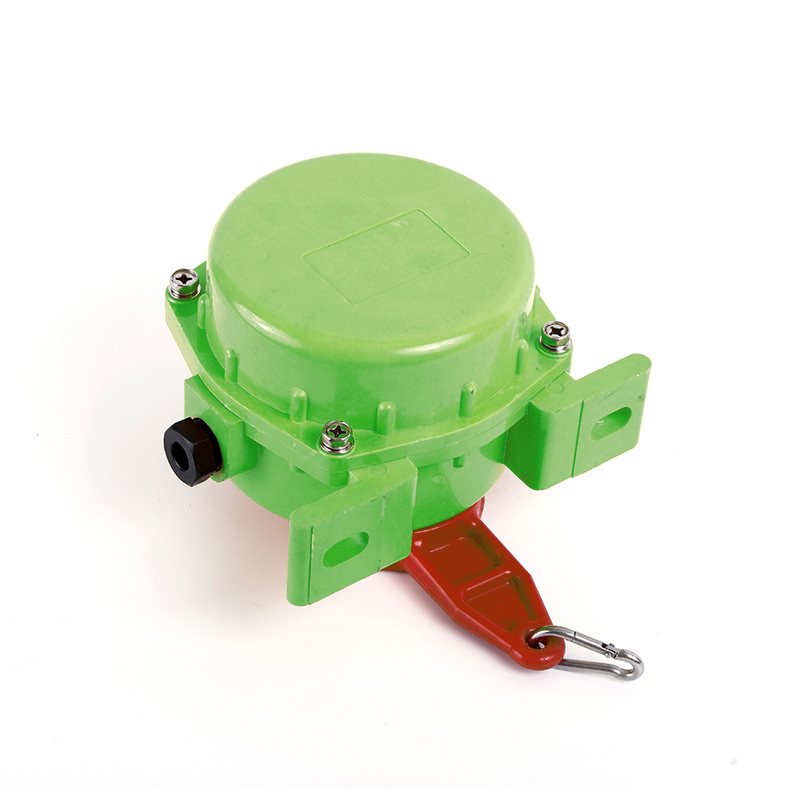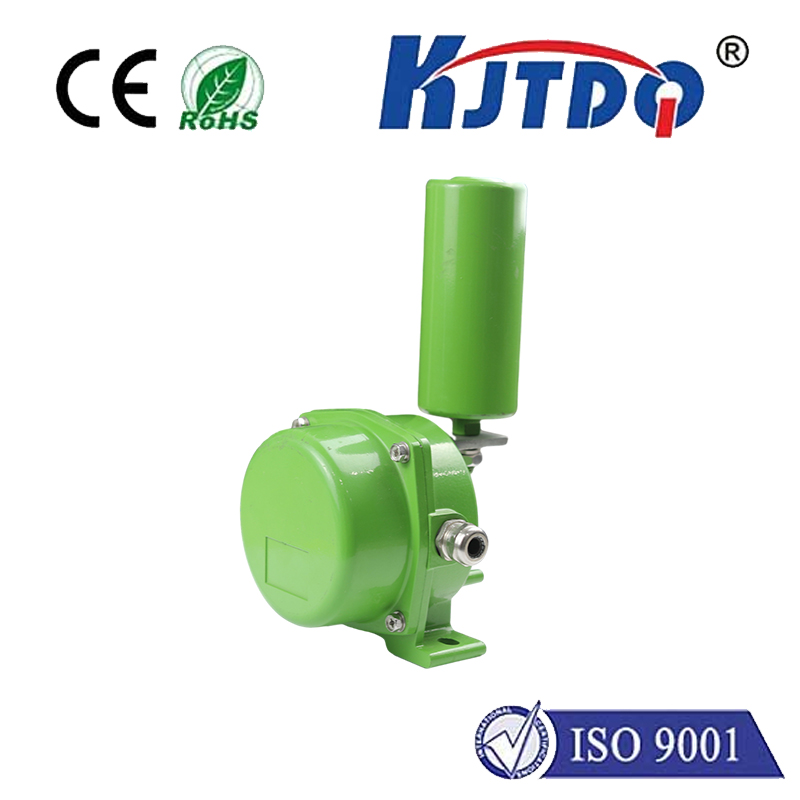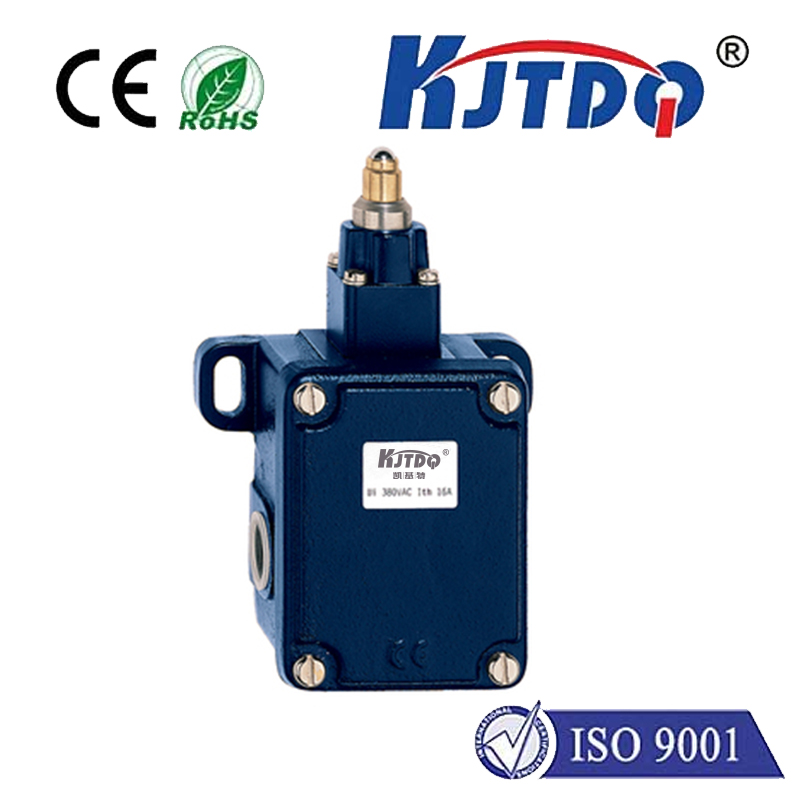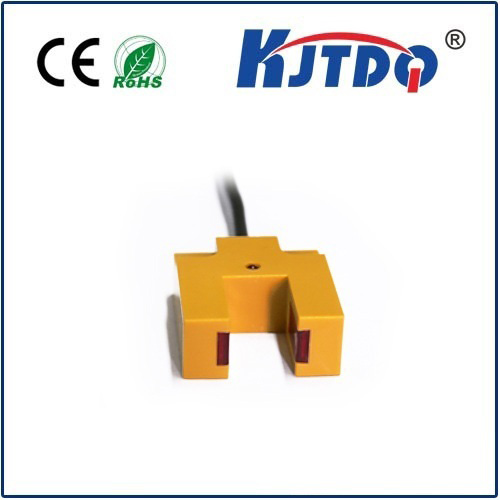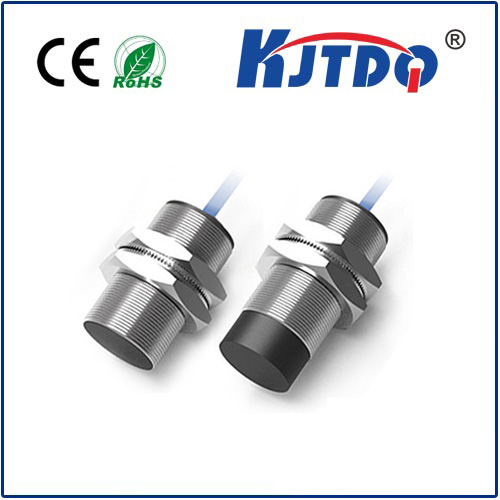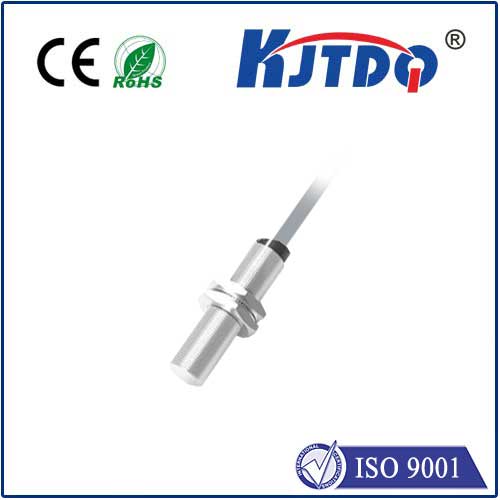

check

check

check

check

check

check

check

check

check

check
Introduction:
AC proximity sensors have become a crucial component in modern technology, offering a wide range of functionalities and applications across various industries. In this article, we will delve deeper into the role of AC proximity sensors, their working principle, and their significance in enhancing efficiency and safety in various settings.
Section 1: The Working Principle of AC Proximity Sensors
AC proximity sensors operate on the principle of electromagnetic induction, where a change in the electrical field generated by an object triggers a change in the sensor's output signal. These sensors use a high-frequency electromagnetic wave to detect the presence or absence of objects, typically with a distance ranging from a few millimeters to several meters. The sensors consist of an inductive coil that generates an alternating current (AC) magnetic field when an object passes through it. The sensor's resistance changes as a result of the varying magnetic field, generating a measurable voltage difference that is used to determine the distance between the sensor and the object.
Section 2: Applications of AC Proximity Sensors
AC proximity sensors have found numerous applications in different industries due to their ability to detect objects accurately and quickly. Some common applications include:
1. Security systems: AC proximity sensors are widely used in surveillance cameras and access control systems to monitor and control unauthorized access. They can also be integrated with facial recognition technology for enhanced security measures.
2. Automobile industry: AC proximity sensors are utilized in automotive safety features such as parking assist, collision detection, and lane departure warning systems. They help drivers avoid accidents by providing real-time information about nearby objects.
3. Manufacturing industry: AC proximity sensors are used in industrial machinery for automatic equipment control, material handling, and quality inspection. They enable precise positioning and monitoring of moving parts, improving efficiency and reducing waste.
4. Healthcare: AC proximity sensors are employed in medical devices for patient care, such as blood pressure monitors, insulin pumps, and respiratory sensors. They provide accurate measurements based on body temperature fluctuations caused by various factors, enabling early detection and treatment of medical conditions.
Conclusion:
AC proximity sensors play a critical role in modern technology by enabling efficient and safe operations in various industries. Their ability to detect objects accurately and quickly has made them indispensable tools in security systems, automobiles, manufacturing plants, and healthcare facilities. As technology continues to advance, we can expect further improvements in AC proximity sensor performance and increased adoption across multiple sectors.
